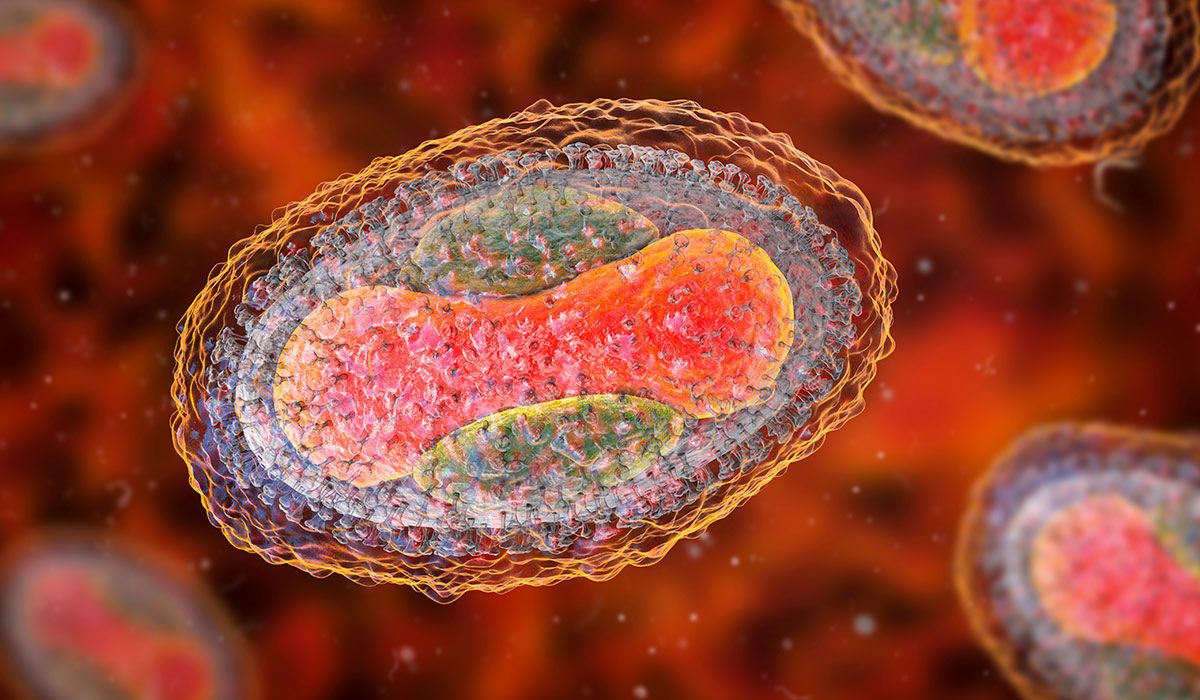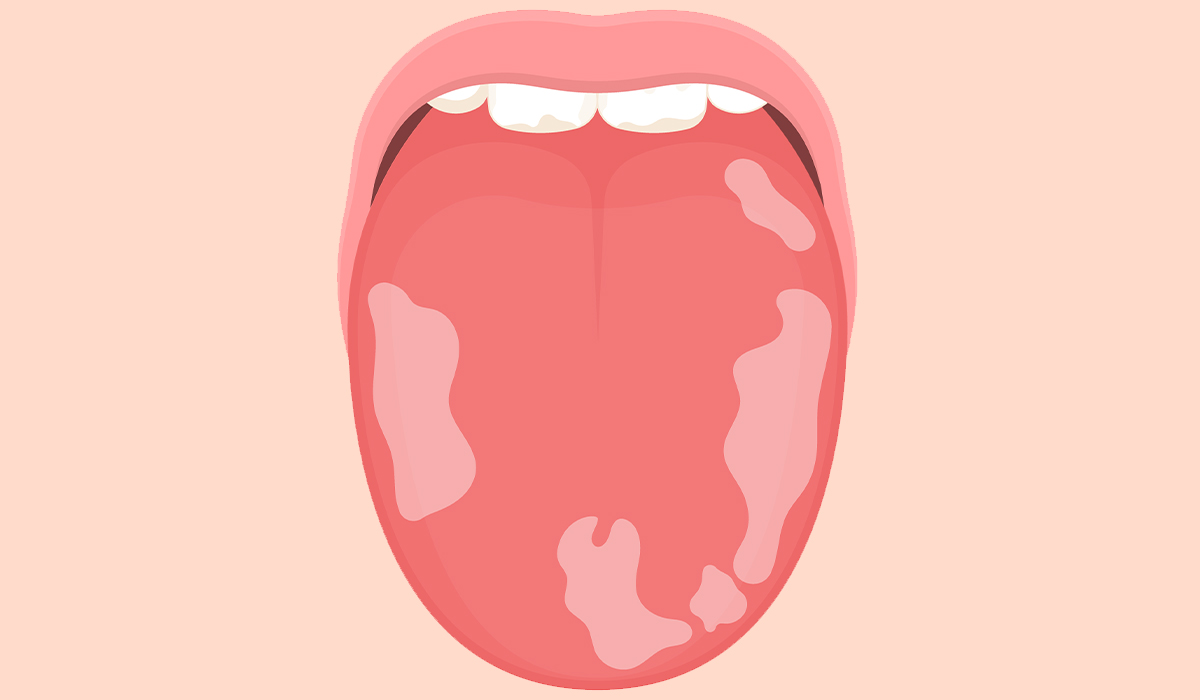Sexual intercourse is the most common way of transmitting human papillomavirus infection. But it is not the only method. There are cases where one partner who engages in regular intercourse remains uninfected or where both partners have different strains of HPV.
The virus can also be transmitted using the same underwear, towels, or other personal hygiene items, mainly when the lesions are located on the external genitalia. Theoretically, infection can even occur in a public toilet. Also, a mother who does not maintain personal hygiene can transfer the HPV virus to the skin and mucous membranes of the baby.
There can be many reasons![]() for the appearance of precancerous lesions and cervical cancer, including:
for the appearance of precancerous lesions and cervical cancer, including:

Some types of human papillomavirus are high-oncogenic, increasing the risk of certain cancers. There are also low-oncogenic types, which most often result in genital warts in the vicinity of intimate places of women and men.
Types 16 and 18 are the most responsible for cervical cancer![]() , one of the most common types of cancer in women. High-oncogenic HPV strains require special oncological vigilance and appropriate prophylaxis, including regular visits to a gynecologist and cytological examinations.
, one of the most common types of cancer in women. High-oncogenic HPV strains require special oncological vigilance and appropriate prophylaxis, including regular visits to a gynecologist and cytological examinations.

The initial stage![]() of a human papillomavirus infection is the time between when a person becomes infected and when the first changes occur in the cervix or vagina's epithelium. In this phase, the presence of the virus can only be confirmed by a specialized virological test, the task of which is to detect HPV DNA particles. Pap smears are generally good in the first phase of infection.
of a human papillomavirus infection is the time between when a person becomes infected and when the first changes occur in the cervix or vagina's epithelium. In this phase, the presence of the virus can only be confirmed by a specialized virological test, the task of which is to detect HPV DNA particles. Pap smears are generally good in the first phase of infection.
The latent phase can last for a very long time (up to several years) and go into the subclinical phase, during which more or fewer changes are visible on the epithelium, which can be diagnosed in a colposcopic or cytological examination.
The last phase of HPV infection is the clinical phase, in which mild lesions are visible to the naked eye – such as condyloma, cervical, vaginal, and vulvar cancer.

The human papillomavirus leads to the excessive multiplication of skin cells, resulting in the formation of benign skin lesions![]() – warts and condyloma acuminata. These changes can be localized both on the skin and mucous membranes. They are painless, flat, round, soft, and have a color similar to human skin. They usually occur in the form of characteristic papules that form warts, but over time they can turn into whitish formations whose structure resembles cauliflower.
– warts and condyloma acuminata. These changes can be localized both on the skin and mucous membranes. They are painless, flat, round, soft, and have a color similar to human skin. They usually occur in the form of characteristic papules that form warts, but over time they can turn into whitish formations whose structure resembles cauliflower.
Condyloma acuminata in women usually appear around the anus, perineum, or labia, while in men they can be found mainly under the foreskin. Sometimes they may also be in the mouth – then they are usually whitish and flat.
Although these changes are benign, if left untreated, they can lead to severe consequences, such as Buschke-Loewenstein tumors (giant condyloma acuminata).
Low-risk HPV types can also lead to small, lumpy skin lesions with an uneven surface (commonly called warts) on the skin of the hands or feet. Other virus strains are responsible for precancerous conditions, such as bowenoid papillomatosis or a disease of the genital mucosa, which can develop into vulvar squamous cell carcinoma in women or penile cancer in men.
In addition to the mentioned symptoms, it is worth paying attention to the signs that indicate an intimate infection![]() , such as:
, such as:
The mentioned symptoms do not always indicate an intimate infection. Each of the women may experience itching in the genital area and it will not mean that there is a medical problem. The appearance of vaginal discharge is also natural. The amount and consistency of discharge can change during your menstrual cycle, with age, taking birth control pills, or becoming pregnant. However, an unexplained change in vaginal discharge, along with other symptoms, may be an intimate infection.

Human papillomavirus infection may be asymptomatic![]() – without causing visible changes in the form of warts in its carrier, the so-called genital warts in the vicinity of intimate places. If someone infected with HPV has no symptoms, it doesn't necessarily mean they can't spread the virus to other people. In most people, the body will fight the virus on its own, but before it does – during this time, the carrier may unknowingly infect his partners.
– without causing visible changes in the form of warts in its carrier, the so-called genital warts in the vicinity of intimate places. If someone infected with HPV has no symptoms, it doesn't necessarily mean they can't spread the virus to other people. In most people, the body will fight the virus on its own, but before it does – during this time, the carrier may unknowingly infect his partners.
To lower the risk of getting HPV – limit the number of sexual partners and use condoms for protection. However, it's significant to remember that while condoms act as a barrier against microorganisms, they only reduce the risk of infection and don't provide complete protection against virus transmission.

The diagnosis of HPV![]() is confirmed by cytological and colposcopic examinations. Their positive result is unequivocal in the diagnosis of the disease.
is confirmed by cytological and colposcopic examinations. Their positive result is unequivocal in the diagnosis of the disease.
HPV-related cancers often have no symptoms until they are advanced. For this reason, prevention in the form of regularly performed cytology is so significant. The test is painless, takes five minutes, and can save your life.
It is better to perform the first pap smear test after the first sexual intercourse or at the latest at the age of 25. Repeat it once a year and then, if the results are positive – every three years. Women at high risk of cervical cancer (HIV, HPV, immunodeficiency, smoking) should have a pap smear test every year. You can stop doing tests after reaching 60 years old, but only if the previous results were within the normal range.
The HPV DNA test and molecular methods based on the latest Real-Time PCR technology are considered the most reliable diagnostic techniques. These are genetic tests, thanks to which it is possible to determine what type of HPV virus we have been infected with. Thanks to this test, it is possible to detect the virus very early, which helps to start the appropriate treatment as soon as possible.
The test is indicated primarily in sexually active women (regardless of the number of sexual partners and intercourses). The HPV test should also be performed by men who have had more than one sexual partner – because HPV in men can cause penile cancer. In addition, a man carrying the virus can infect his partner.
The indications for the HPV test are:
Pregnant women with the HPV virus are at risk of not carrying the pregnancy to term and can transmit the infection to the baby during childbirth through the genital tract. Some experts believe that the disease can also be transmitted to the fetus during a cesarean section.

Both men and women should receive the human papillomavirus vaccination![]() . Because the infection also affects men – who can also be its carriers. For men, HPV can lead to anus, penis, head, and neck cancer, so boys and young men should also be vaccinated.
. Because the infection also affects men – who can also be its carriers. For men, HPV can lead to anus, penis, head, and neck cancer, so boys and young men should also be vaccinated.
Let us remember that the vaccination of men also prevents cervical cancer in women because the vaccinated partner reduces the risk of transmitting the oncogenic virus to the sexual partner. Vaccination against HPV infection stimulates the production of antibodies directed against HPV proteins, and this protects against disease.
Three HPV vaccines are currently available, all protecting against the most oncogenic virus types. In addition, the vaccines protect against other types of HPV that cause precancerous lesions or genital warts. Vaccination is recommended for teenage girls and boys before sexual initiation and adults who have not yet had sexual intercourse.

Unfortunately, currently, no drugs would effectively eliminate HPV infection. Treatment![]() consists of combating its consequences, such as genital warts, laryngeal papillomas, or cancer.
consists of combating its consequences, such as genital warts, laryngeal papillomas, or cancer.
Prevention of HPV infections is crucial and can be achieved through maintaining good hygiene, practicing safe sex by using protection such as condoms, and limiting the number of sexual partners.
In the case of women, a cytological examination is excessively significant, as it allows to detect possible precancerous changes within the reproductive organ at an early stage and to start appropriate therapy. Vaccination against human papillomavirus is also a significant element of infection prevention.

Lesions caused by contact with the HPV virus often go into spontaneous remission or as a result of local anti-inflammatory treatment (pregnancy) or with hormones (climacteric).
If the lesions persist after treatment![]() , it may be necessary to consider surgical options. For example, we can use local tissue destruction techniques (cryocoagulation or CO2 laser vaporization) or high-frequency electrical loop excision (LLETZ).
, it may be necessary to consider surgical options. For example, we can use local tissue destruction techniques (cryocoagulation or CO2 laser vaporization) or high-frequency electrical loop excision (LLETZ).
In the case of high-grade dysplastic lesions, the basic anti-HPV surgical procedure is cervical conization. The uterus is removed when, apart from high-grade dysplastic changes, there are other indications for this procedure. In cervical cancer with early invasion, i.e., not yet visible to the naked eye, and in women who still want to give birth, we can perform surgical procedures to preserve the uterus and the possibility of procreation.
In the case of malignant tumors in more advanced stages, i.e., up to clinical stage IIA, radical removal of the uterus together with the pelvic lymph nodes, and sometimes the periaortic lymph nodes, is usually performed. Sometimes surgery is supplemented with radiotherapy combined with chemotherapy.
In the case of genital warts (especially of the vulva), we use topical chemical solutions. The effectiveness of this type of drug varies – recurrences of lesions are very common. Another method used in condyloma treatment is cryocoagulation, i.e., laser vaporization of lesions, which gives splendid results.
If you have an HPV infection, it's significant to receive supportive treatment with vitamin A and immunity-boosting treatment.
In even more advanced cervical cancer, i.e., when the disease infiltrates the parametrium and reaches the pelvic bones, the treatment usually involves radiotherapy.

It's impossible to eliminate the risk of HPV infection. However, there are ways to lower the chances of contracting it. The most important rule remains to avoid casual sexual contact, especially unprotected. Of course, the use of condoms reduces the risk of HPV infection to some extent, but it does not provide 100% protection![]() . Therefore, it is significant to educate young people about sex and to encourage them to avoid too early initiation.
. Therefore, it is significant to educate young people about sex and to encourage them to avoid too early initiation.
In prophylaxis, it is also significant to eat healthy (a diet containing a large number of vitamins, especially vitamin A) and avoid smoking. In addition, you should remember about doing regular colposcopic and cytological examinations.
In addition, there are vaccinations![]() against some types of HPV, although their effectiveness is still uncertain, so they cannot be used as a substitute for the above-mentioned preventive methods.
against some types of HPV, although their effectiveness is still uncertain, so they cannot be used as a substitute for the above-mentioned preventive methods.

Table of Contents

HPV (human papillomavirus) is a pathogen that can cause many different conditions, depending on its subtype. What are the symptoms… read more »

Warts are skin lesions resulting from infection with the human papillomavirus (HPV). What are the symptoms? What is the diagnosis… read more »

Cervical cancer is a type of cancer that occurs in the cells of the cervix, which is the lower part… read more »

Genital herpes is a disease caused by the HSV herpes virus. What symptoms does it give? Check what treatment and… read more »

Molluscum contagiosum is a common skin infection especially in children. Find out how to recognise molluscum contagiosum skin lesions. Learn… read more »

Epstein Barr Virus is a pathogen that causes infectious mononucleosis and many other diseases. Learn about the risks associated with… read more »

Herpes is a viral infectious disease that most often affects the lip area. Herpes virus infections are common. What does… read more »

The Ebola virus continues to pose a threat to those living in Africa. Learn about the risks associated with Ebola… read more »

Leukoplakia is a disease that most commonly affects the oral cavity. A complication of leukoplakia can be cancer, so it… read more »